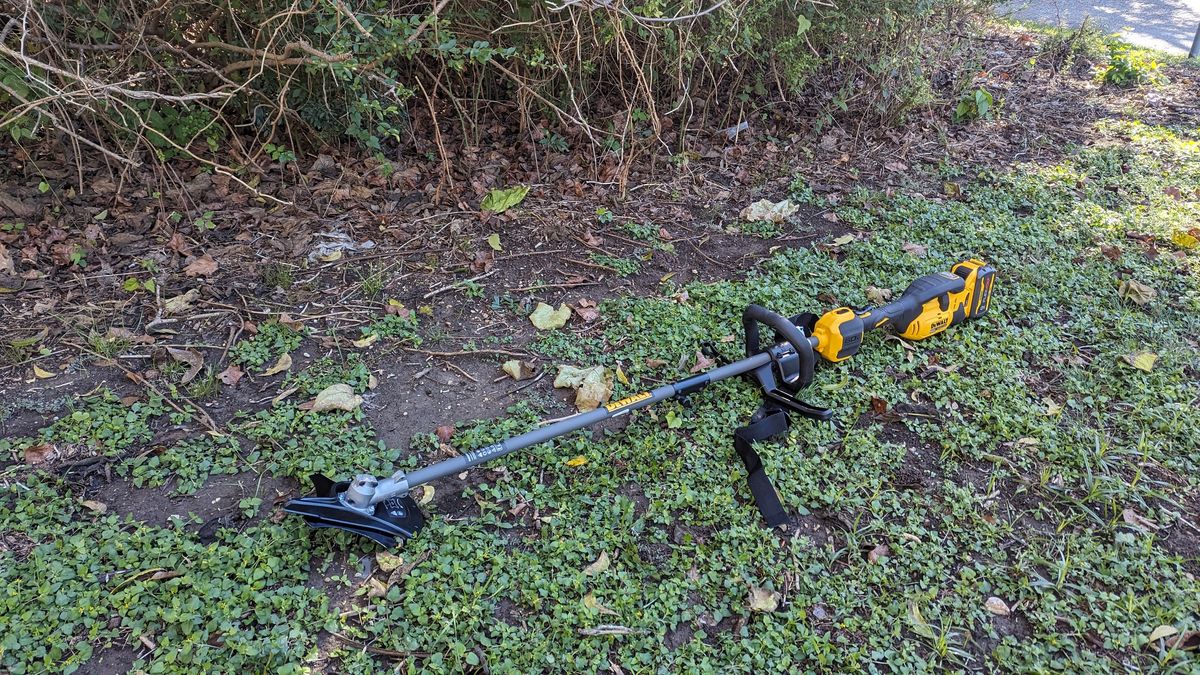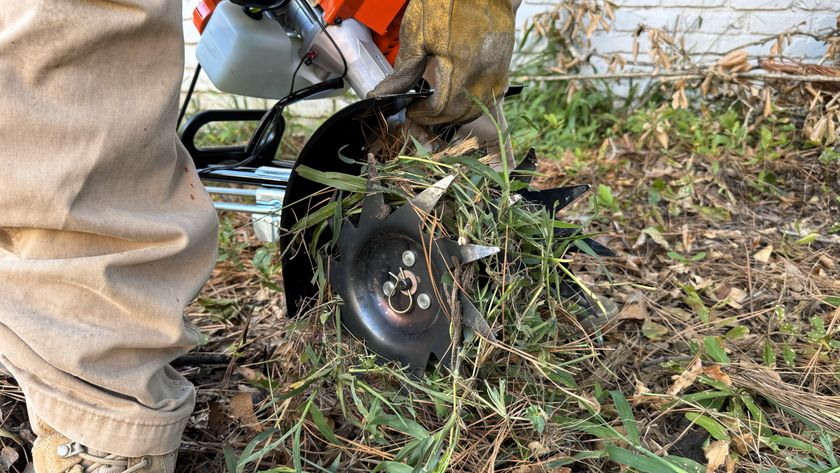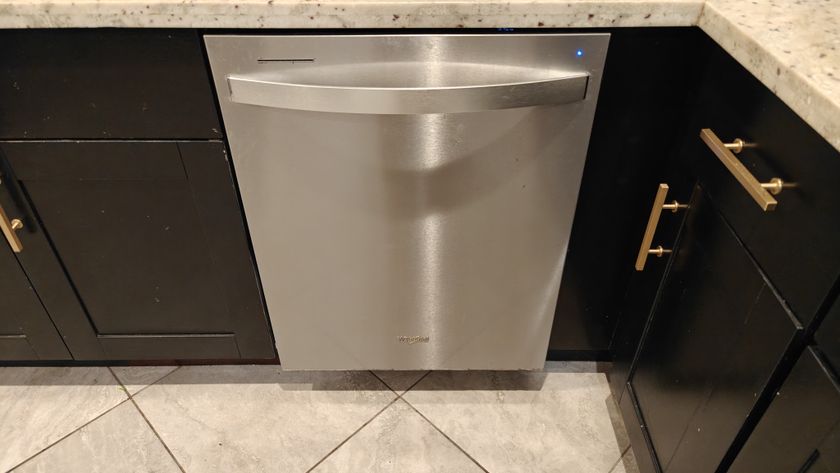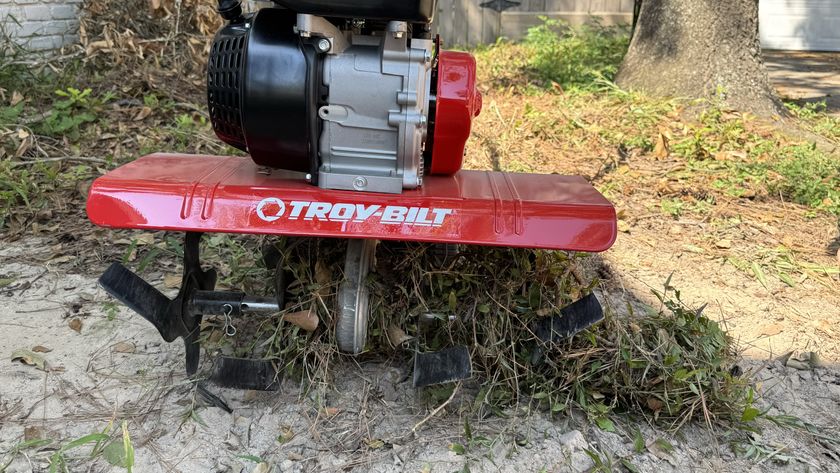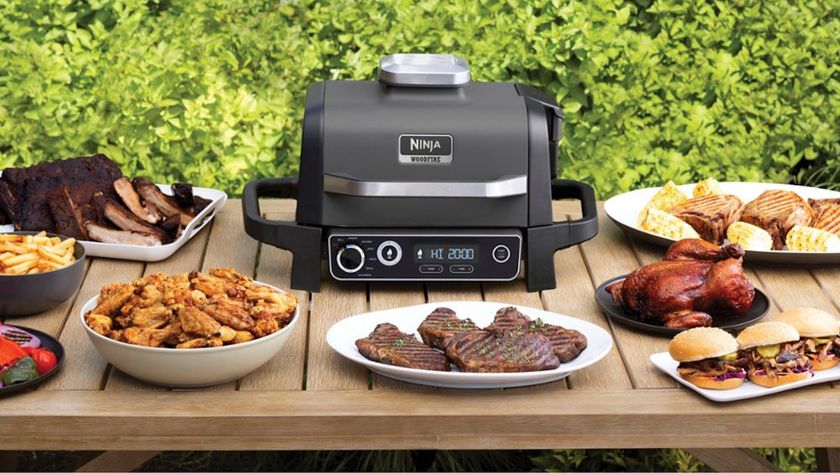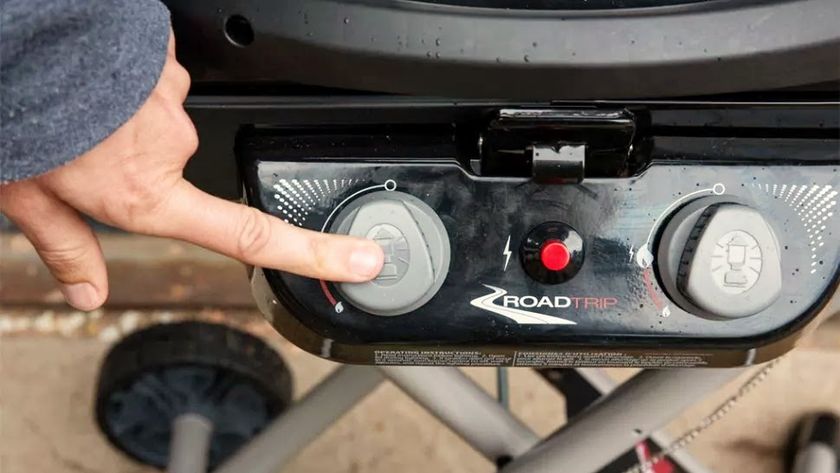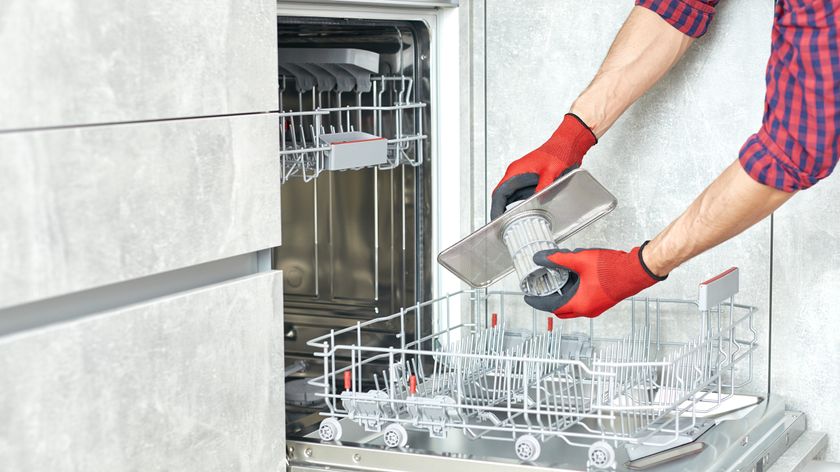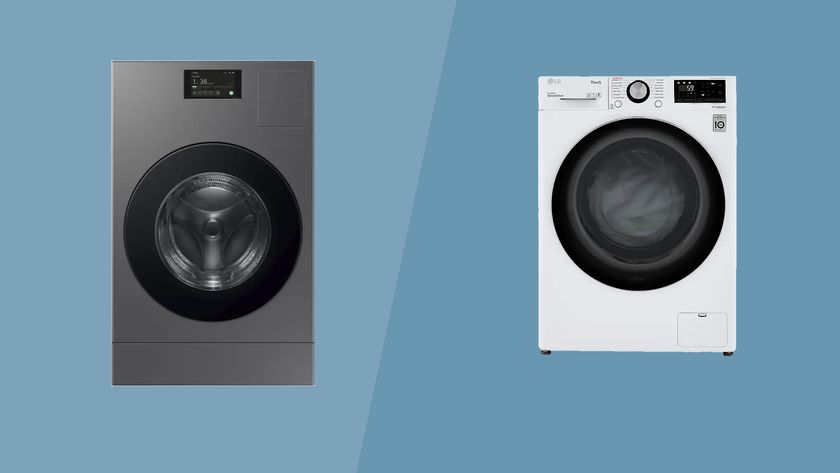It’d be a shame to invest in one of the best string trimmers money can buy, only to let your new prized yard tool become less effective or damaged through improper maintenance.
A good trimmer can cut down weeds in hard-to-reach parts of your yard, or perform delicate tasks such as edging the lawn. However, the occasional-use nature of the tool means essential maintenance is often overlooked, and mechanical problems sometimes go under the radar.
Thankfully, you can properly maintain your string trimmer by committing to just a few routine and annual tasks. In this guide, we’ll take you through six quick steps to keep your string trimmer in great condition between uses – from regular cleaning to maintaining the power source.
“Maintaining and storing your grass trimmer in the right way will prolong its life and ensure your grass is being cut effectively,” says Lucy Rhead, a Gardening Enthusiast at the lawn tool brand Gtech. You’ll find some of Lucy’s top maintenance tips sprinkled amongst our team’s advice below.
String trimmers go by many alternative names, including ‘weed whackers’, ‘weed eaters’, ‘line trimmers’, ‘lawn trimmers’ and ‘strimmers’. Whichever term we’re using, know that we’re referring to the same type of tool throughout the article.
Items you'll need to maintain your string trimmer
You'll need a few basic items to maintain your string trimmer. Useful things to have include:
- Replacement trimming line like this one for $17.99 on Amazon (or alternative cutting attachments compatible with your trimmer)
- Cleaning brush
- Cleaning cloth
- Compressed air
- Garage tool storage rack like this one for $59.99 on Amazon (optional)
- Fuel stabilizer (if your trimmer is gas-powered)
Quick steps to maintain a string trimmer
- Check the string or blade
- Clean after each use
- Store safely
- Occasionally deep clean
- Store the battery properly (if cordless electric)
- Top up oil and fuel (if gas)
Step by step guide: How to maintain a string trimmer
1. Check the cutting attachment before use
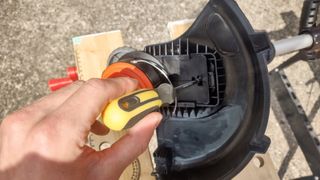
Using your string trimmer when the cutting attachment is not fully functional can increase the risk of poor performance, injury, or damage to the trimmer. So, check the attachment before you trim.
“Before using your grass trimmer, always check the string or blade is clean and intact,” says Gtech’s Lucy Rhead.
If you notice that the string on a string trimmer has worn too short, or if the blade on a bladed trimmer like the Gtech GT50 is blunt or damaged, fix the issue before you use the tool again.
For a regular string trimmer, how to change the trimming line will depend on the design of the tool, and how much line is left on the spool.
Some weed whackers can automatically replenish their trimming line as it is worn away. Others require you to feed more line from the spool manually. If the line runs out, you’ll need to remove the old spool and replace it with a fresh one.
2. Routinely clean the tool

Regular cleaning ensures your weed eater can operate freely and stay rust-free.
“After each use, I recommend cleaning off your trimmer to avoid a build-up of grass clippings and dirt,” says Lucy.
“To do this, remove the battery so the trimmer is switched off completely, and use a brush to remove any grass and dirt.”
You might need to follow up by using a cloth to remove any lingering moisture from the tool.
Certain areas of a string trimmer are more susceptible to build-up of grass clippings and dirt than others. In particular, focus on the underside of the debris shield, other parts of the trimmer head, and any ventilation slots around the motor or engine.
3. Store the trimmer safely

Common sense will get you 90% of the way to storing your string trimmer properly. Above all, make sure the tool is stored in a place where children can’t reach it, and always disconnect the power source of an electric string trimmer before storage.
String trimmers should be kept in a dry place at moderate temperatures. Ideally, the weed eater will be safely elevated off the ground and/or wrapped in waterproof plastic during long-term storage (e.g. over winter). Most weed whackers can be hung from a wall-mounter garage organizer.
4. Occasionally deep clean the tool
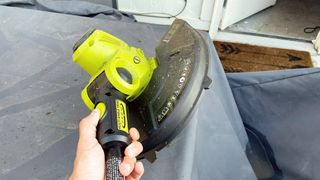
Deep cleaning your string trimmer a few times per year will help ensure all the tool’s components can work exactly as they should.
We recommend using a compressed air spray can like this for $19.99 on Amazon to blast dust and debris out of the hardest-to-reach parts of your string trimmer. You can also use implements such as pipe cleaners, cocktail sticks and cotton buds to reach elusive detritus.
5. Store the battery properly (if cordless electric)
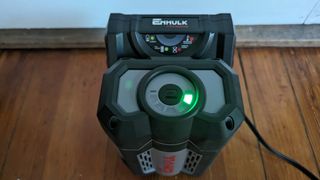
Many folk choose a cordless lawn trimmer nowadays. These battery-powered tools are generally convenient and low-maintenance – but their lithium-ion batteries do require appropriate care.
“If your trimmer is battery-operated, don’t keep the battery outside or in cold conditions, especially over the winter months,” says Lucy.
“Lithium-ion batteries generally don’t like extremes of hot and cold temperatures. So, it's best to remove the battery, and keep it in a dry and sheltered space away from direct sunlight.”
All lithium-ion batteries will wear out gradually over a number of years, as their complex inner workings degrade. A full or empty charge state is particularly stressful on battery components, so you can slow the rate of degradation by keeping your trimmer’s battery moderately charged as much of the time as possible.
6. Keep the oil and fuel topped up (if gas-powered)

Some gardeners still rely on a petrol-powered tool as their weed eater of choice. Gas offers good runtime and trimming performance – but you will have a little extra maintenance work on your hands, between uses. Hopefully this is something you factored in when you were choosing a string trimmer.
In particular, you’ll need to keep the engine topped up with oil and fuel. Requirements vary between models, so check your trimmer’s instruction manual to identify which oil and fuel to use, and how to load these products into the trimmer.
Before winter storage, you’ll need to stabilize any remaining fuel inside your trimmer’s tank by adding an appropriate stabilizer, such as STA-BIL Fast Fix for $12.05 on Amazon.
Further additional maintenance tasks for gas-powered trimmers include checking air filters and spark plugs between uses, and replacing these components whenever they wear out.
FAQs
Do brushcutters have extra maintenance requirements?
A brushcutter is pretty much the same kind of tool as a regular weed whacker – but it will likely use a tougher type of cutting line, and may have a relatively high-powered motor or engine. These adaptations equip brushcutters for more intensive tasks, such as cutting woody weeds or sapling stems.
Brushcutters don’t have any special maintenance requirements. However, you should check to ensure any replacement trimming line you buy is compatible with the tool, and provides sufficient toughness for cutting brush.
If I haven’t properly maintained my string trimmer, is the warranty invalidated?
This depends on the terms of the warranty given with your specific weed eater. In many cases, weed whacker warranties cover only against mechanical faults that can be considered the manufacturer’s responsibility.
If your string trimmer stops working because you’ve allowed detritus to accumulate in its components, for example, then you might not be able to claim against the warranty. This is just another reason why good string trimmer maintenance matters!
How long should a string trimmer last before it stops working?
The lifespan of a string trimmer can vary depending on factors such as build quality, your usage habits, and how well the tool is maintained. As a general rule, you can expect a well-maintained weed whacker to remain operational for at least five years, and perhaps as long as ten years or more.
